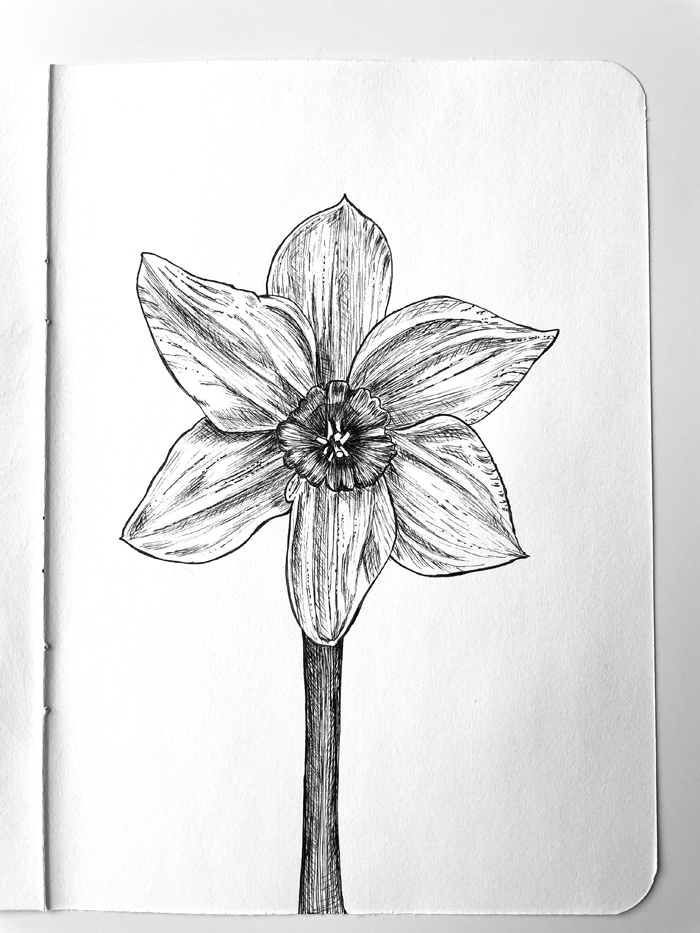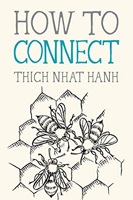
Agatha of Little Neon (2021) is a debut novel by Claire Luchette about the personal growth of a Catholic sister named Agatha. It’s a quiet story full of succinct and meaningful observations about friendship, finding purpose in society, the Catholic Church, and the patriarchy.
In her childhood, Agatha wanted to be unnoticed. She had trouble talking and coming up with something to say. Agatha’s mother died when she was just eleven, and after being marked by grief, there was nowhere she could disappear except church. The constancy of the Church played a role in her choice to serve God. She later reflects, “When people saw our habits, they ceased to see our faces.”
As Agatha tells her story, she reveals other feelings towards her role as a woman and her role in the Church. Early in the story, Agatha and her three fellow sisters experience a car break down while running errands. After calling the priest for help, they manage to fix the car with their nylon stockings. When the priest calls back full of concern, instead of telling him they fixed the car themselves, they undo their repairs and allow him to help. Agatha reflects, “But many times, the greatest mercy you can grant a man is the chance to believe himself the hero. This was obedience, we thought.”
When their diocese goes broke, Agatha and the three sisters must leave their home in Lackawanna, NY where they ran a daycare. They are sent together to Woonsocket, Rhode Island to run a half-way house called Little Neon. The house is named “Little Neon” because it is painted the color of Mountain Dew. The residents are recovering addicts, each with their own story, and Agatha and the other sisters are ill-trained to minister and help them.
Agatha is very close to her three fellow Catholic sisters, but she sometimes wonders at their motivations and whether her thoughts and opinions match theirs. As the story goes on, her divergent opinions grow more pronounced as her personal growth takes her in different directions. In Woonsocket, Agatha is asked to teach geometry at the Catholic girl’s school, which separates her from the other sisters. In spite of having a sense of community, Agatha is deeply lonely. She watches the girls at her school “with something like envy. They always had something to tell each other.” One day, she returns from work, and the sisters have cut one another’s hair, which was something that Agatha normally did for them all. Agatha feels “useless” and “pathetic,” and hates feeling this way. At her new job, Agatha becomes friends with a fellow teacher named Nadia. She never tells her fellow sisters about Nadia, saying, “I never mentioned her—not because she didn’t matter, but because she did.”
After a kind resident at Little Neon named Tim Gary dies by suicide, the bishop’s eulogy is cruel rather than sympathetic. Agatha is incredulous, thinking, “I didn’t know what to do with all my grief. It was mutating into fresh rage.” This event makes Agatha realizes that she belongs elsewhere, and she leaves the Church, but in leaving her sisters, she “left with nothing.” As Agatha begins her new life, the reader is left wondering what the future holds for her.
Purchase and read Agatha of Little Neon by Claire Luchette:

© penciledpage.com



















Search This Website